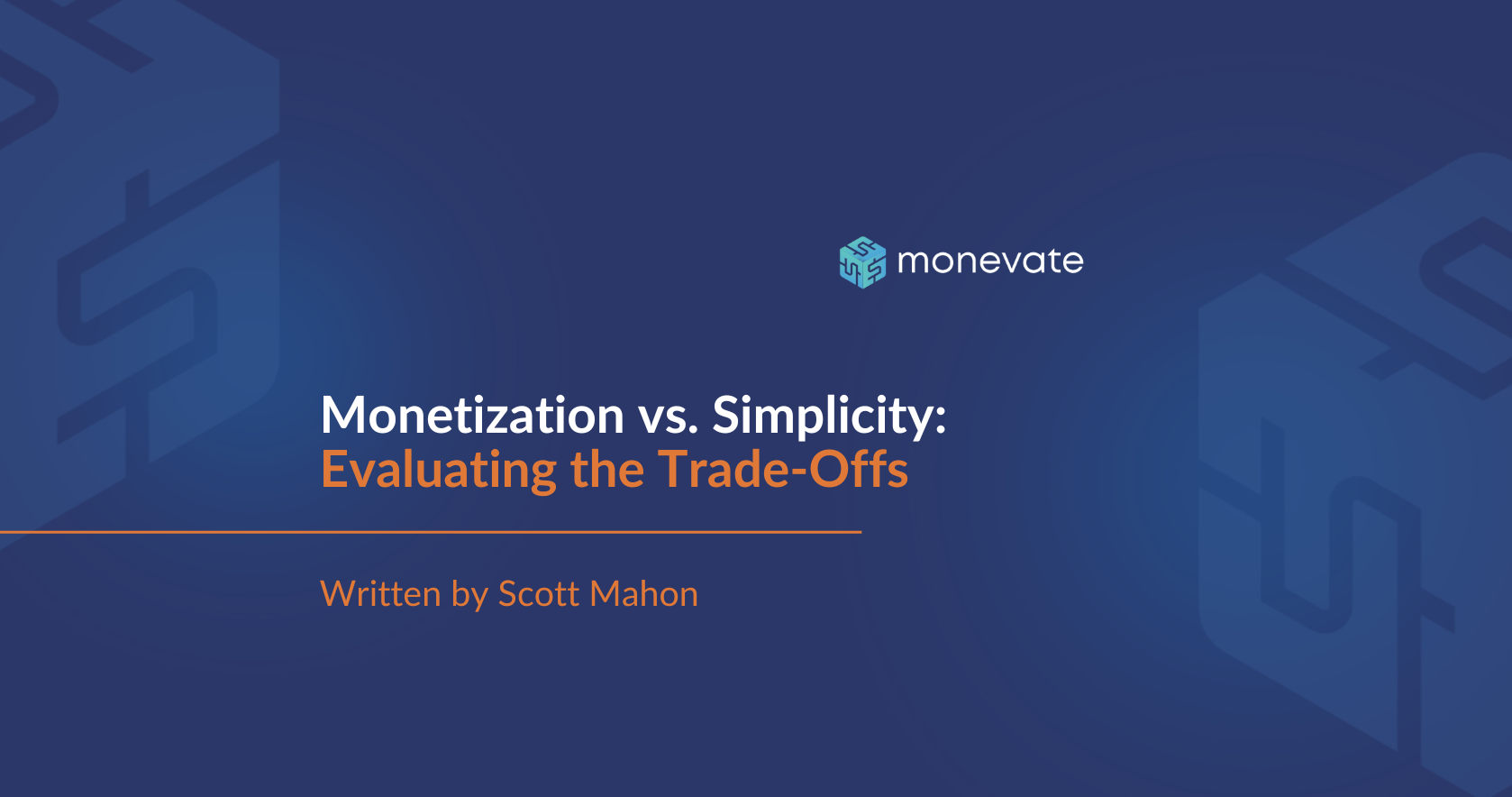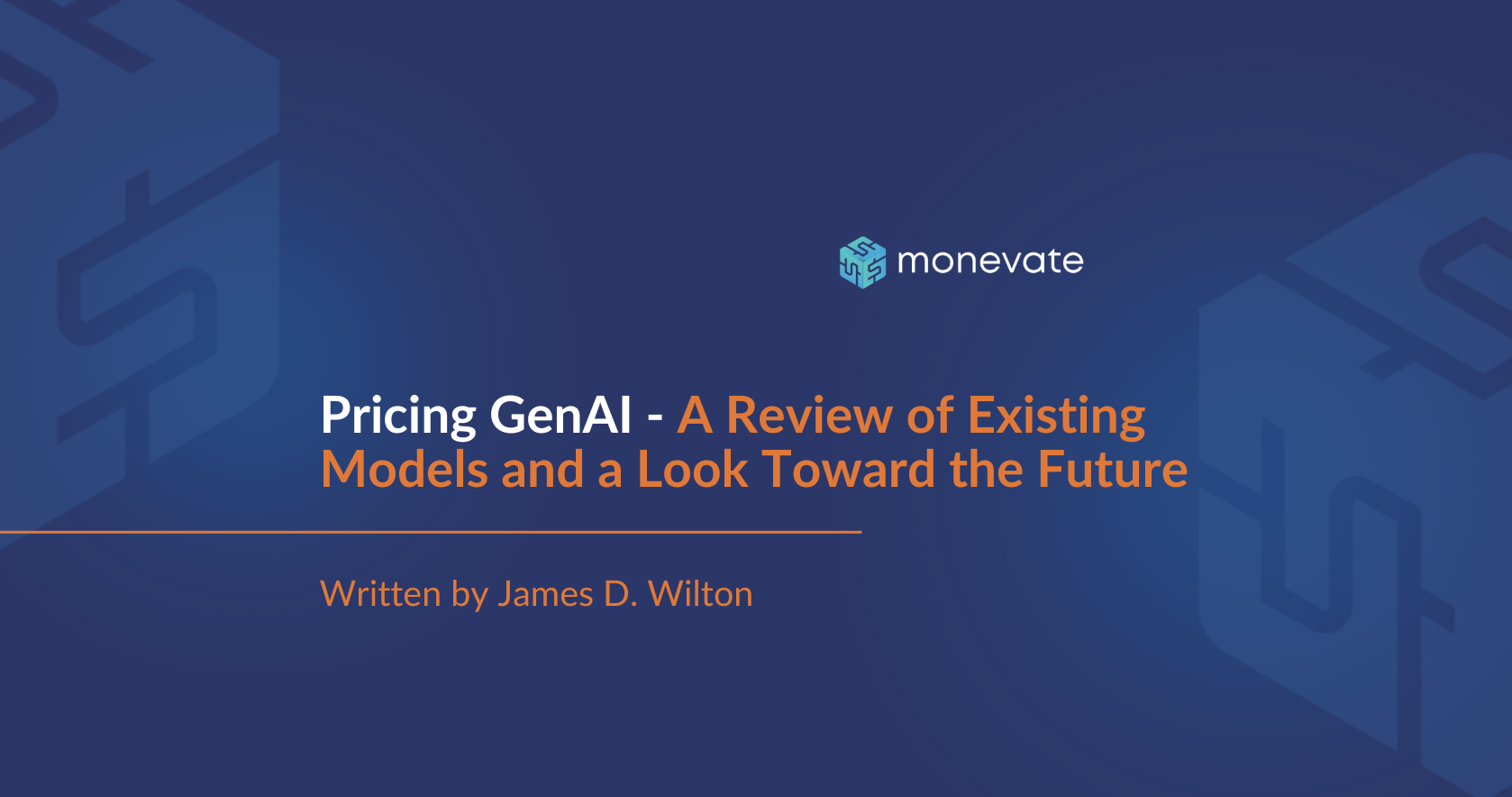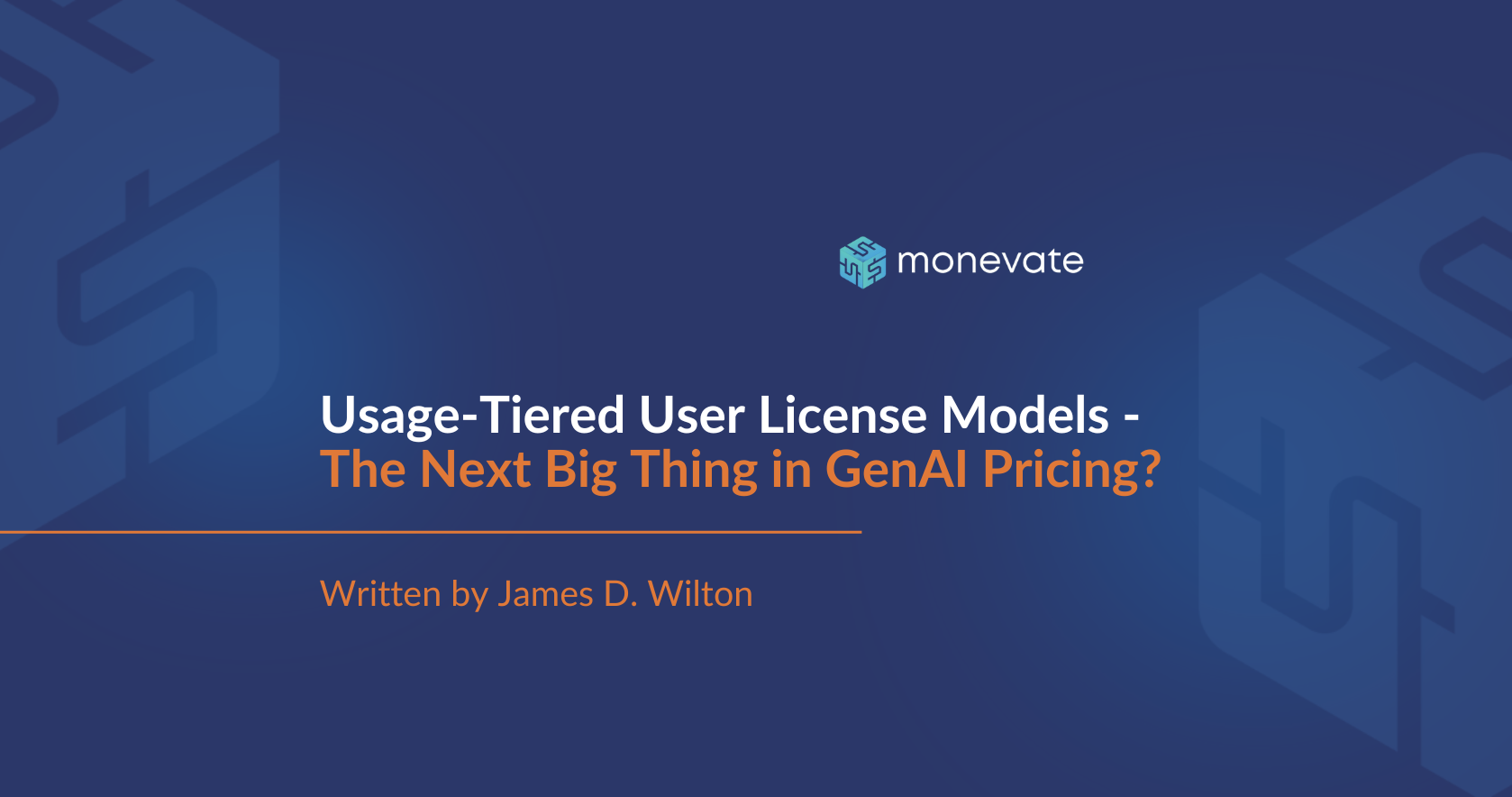How to Master B2B Product-Led Growth Pricing: Part 2
Developing an effective B2B product-led growth (PLG) pricing strategy for small and medium-sized businesses (SMBs) is complex. But by following James D. Wilton’s 7 B2B PLG Commandments, you can open the door to greater value.
In the
first article on this topic he shared three commandments focussed on packaging, here he broadens the scope to other critical aspects of PLG pricing through numbers four to seven.
4. Scale outside the packages
The most frequent trap we see B2B PLG players falling into is trying to do too much through their packaging. They will design a tiered packaging system with a flat price on each package. This means that, for the true PLG packages (you have a “contact us” Enterprise offering), you will probably have a maximum of 4-5 price points you can offer customers.
A strategy like this works in B2C since the variance of willingness-to-pay among consumers is typically relatively low.
In B2B, however, you are
- dealing with customers of markedly different sizes
- have vastly different budgets
- likely get very different levels of value from your product
- probably have very different willingness-to-pay
Even if you are focused relatively narrowly on the SMB segment you will likely have some customers who are essentially prosumers, and some with as many as 99 employees! I will suggest that five price points is not sufficient to price differentiate effectively across such a wide range of situations.
The answer here is to “scale outside the packages,” which means scaling the price of each package by a price metric. So even if you have only three feature-differentiated tiers, each of those tiers can be priced differently based on the value of the price metric.
The pushback on this approach is that it adds complexity but (a) B2B buyers can tolerate more complexity than consumers, and (b) a metric can be incorporated without adding too much complexity.
Hubspot does a nice job of this. Their two tiers include a certain number of marketing contacts, but they allow you to purchase additional contacts if you exceed the included capacity. The pricing page is still very simple, and the pricing is transparent and easy to understand.
5. Choose a growth-oriented, value-aligned and acceptable metric
If you are going to do as we advise and scale outside the packages, you will of course need to pick a price metric to achieve this.
At Monevate, we use 6 criteria to evaluate a potential price metric, which I won’t go into for the sake of brevity. The relative importance of each criterion is dependent on buyer preferences and objectives of the vendor.
In PLG models for B2B, the most important criteria are that the metric is growth oriented, value-aligned and acceptable:
- Growth-oriented: A core objective of PLG is to raise customer ARR over time. It’s a lot easier to achieve that objective if you marry your price levels to a metric that naturally tends to grow over time. This becomes a natural upsell path.
Value-aligned: Customers will push back strongly against paying more for something if what they receive doesn’t result in extra value for them. The same applies with metrics – if you are going to expect a customer to pay more because a metric grew, it is vital that the metric is seen as aligned to value. You need to solve for both these criteria. Not all metrics that grow will be seen as linked to value, and not all metrics that are value-aligned will naturally grow.
Acceptable: SMB buyers behave somewhat like consumers. This means the less rational, more instinctual elements become more important. A more emotive SMB buyer is far more likely to push back strongly against a metric that they do not consider to be “fair.” Not all value-aligned metrics are considered fair.
An unacceptable metric will add considerable friction to the initial sales motion. This will result in lower conversion rates, which of course is counter to one of the key objectives of PLG. Pick a metric that is familiar and makes sense – this is usually not the place for a radical new idea – and build an architecture (way of scaling the metric) around the metric that solves sufficiently for price predictability.
6. Invest in rigorous price-level optimization
Negotiation is a big part of many pricing approaches. Quite a few companies set a high “list price.” Then sales reps use discussions with customers to figure out the customer’s willingness-to-pay and (at least in theory) and discount appropriately to win the deal at the highest possible price.
This is not a viable approach in a PLG strategy.
In PLG, a key concept is that customers will purchase through the platform without needing a sales interface, and so that process of figuring out the right price point for the unique customer is non-viable. Customers should pay the list price except in the (hopefully rare – see point 7) occasions when the company runs a promotion.
This puts pressure on getting the list price just right. You want to ensure the list prices are going to optimize whatever metric you are looking to optimize, whether that’s revenue or volume (or some combination of the two). Doing this requires investing in pricing research to fully understand the willingness-to-pay range and price sensitivity of your customer base. Combining techniques such as conjoint with
van Westendorp can provide certainty on the optimum price level.
7. Avoid over-discounting or over-promoting
Everyone loves a deal.
Consumers are heavily influenced by promotions, but B2B buyers are typically less so. As PLG pricing strategies in B2B often draw inspiration from consumer strategies, we often see an over-adoption of promotions and discounts that cause a lot of unnecessary value leakage.
The first mistake is to over-promote your product.
Promotions can drive sales volume, and if used sparingly, can generate revenue you wouldn’t otherwise have accessed. Price sensitive customers will only buy during the promotional period whereas price-insensitive customers won’t have the patience to wait. You should avoid giving the perception that your product is “almost always on sale”.
Price insensitive customers likely won’t wait six months for a promotion, but they might be inclined to wait a week or two if they’re pretty sure a promotion will come around, meaning your higher willingness-to-pay customers won’t pay the high prices they otherwise would have. Plus, being “always on sale” can signal lower quality, which might decrease your sales volume in the long term.
Similarly, it’s common for PLG players to discount annual contracts rather than month-to-month contracts, since that usually results in less churn, and (in some cases, depending on your billing) a full year’s revenue up front, which is helpful for cash flow. However, you should only be discounting at levels that make sense given the benefits you receive from the annual contract. If you don’t need the cash up front, and your annual churn rate on monthly contracts is not significantly higher than that of annual contracts, then it does not make sense to discount the annual contract by 20%! Bigger impacts should warrant bigger discounts.
--
B2B PLG is an exciting area for pricing strategy. By subscribing to these 7 Commandments you can ensure your pricing strategy is as effective as it can be.
For a deeper dive Product Led Growth, watch our full masterclass on exactly this topic. Simply, join The Cube (our premiere pricing community) to gain free and instant access to this and all previous recordings, slides, transcripts, and tactical resources.














